Boats come in an incredible variety of types and sizes, tailored for specialized purposes. From tiny dinghies capable of carrying just a few people short distances to mammoth cargo ships that transport goods around the globe, watercraft fill essential roles in the world’s oceans, seas, lakes, and rivers.
The main boat categories include:
- Motorboats ranging from small skiffs to large luxury yachts
- Sailboats powered solely or partly by wind using sails
- Multi-hull boats like high-speed catamarans and trimarans
- Human-powered boats like canoes and kayaks
Within each category, there are numerous subtypes designed for different functions. For example, motorboats include versatile cabin cruisers suitable for day trips or longer stays, high-performance wakesports boats that create sizeable wakes, rugged trawlers ideal for living aboard, and dedicated fishing boats outfitted for angling.
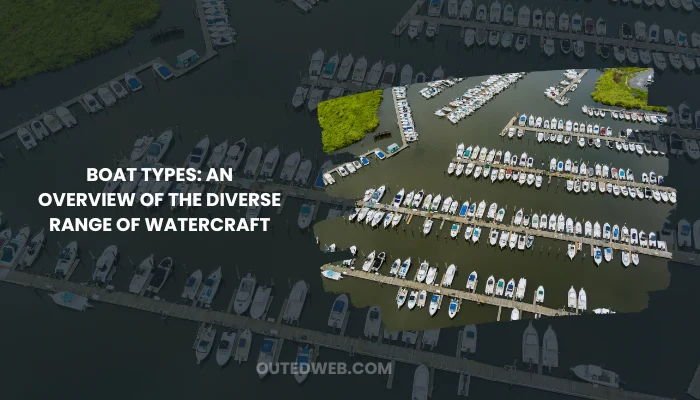
The diversity results from boats having been carefully engineered over centuries to efficiently fulfil particular maritime tasks. Selecting the right boat type is important to safely and enjoyably experience water-based recreation or commerce. This guide explores the main boat categories and popular subtypes in more depth.
Motorboats
Greetings adventurers! It’s time for an exploration of the delightful domain of motorboats! Within these bustling waters lie bounties of boats crafted for diverse duties. Allow me to illuminate a few fundamental forms you may encounter on your aquatic adventures.
Whether cruising calm currents or daring dynamic dashes, each vessel awaits your discovery. So cast off and set sail—a recreationally rich realm awaits beyond the shore!
Fishing Boats
First up are the boats anglers rely on to catch their daily catches—fishing boats! Whether you prefer casting lines from a compact skiff on tranquil lakes or battling mighty tuna offshore from a rugged sportfishing boat, these multifunctional vessels have gear galore.
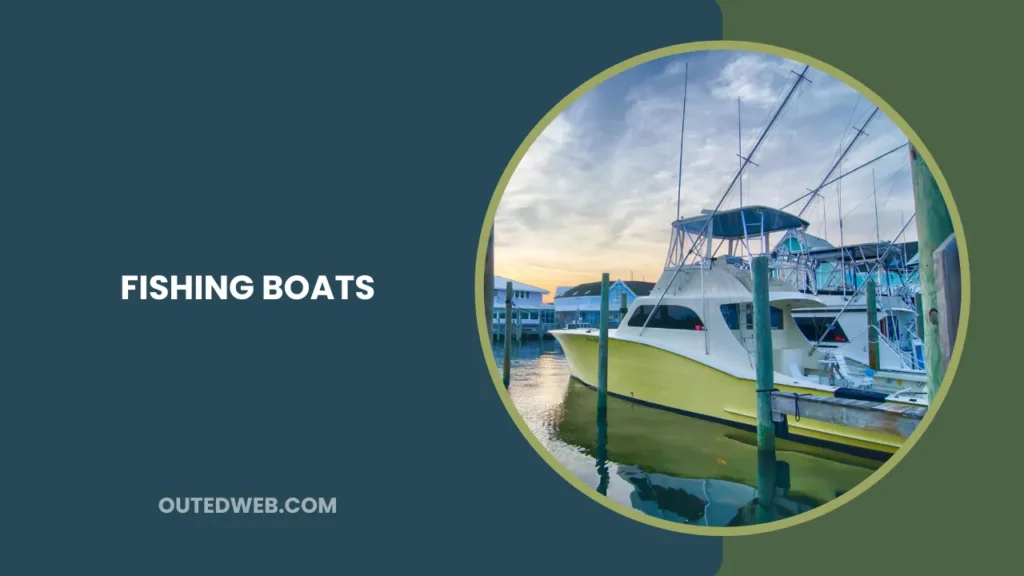
The nimble bass boats are a favorite for zipping along shallows in pursuit of elusive striped bass. Whatever your preferred quarry, finding the right fishing boat makes all the difference between a great day on the water and going home empty-handed!
Recreational Boats
Now onto motorboats built for sunny days spent with family and friends. The steady pontoon boats are a classic choice, with their space for lounging and dining alfresco. Another top pick is the social deck boat, always brimming with passengers enjoying cruiser-style speed.
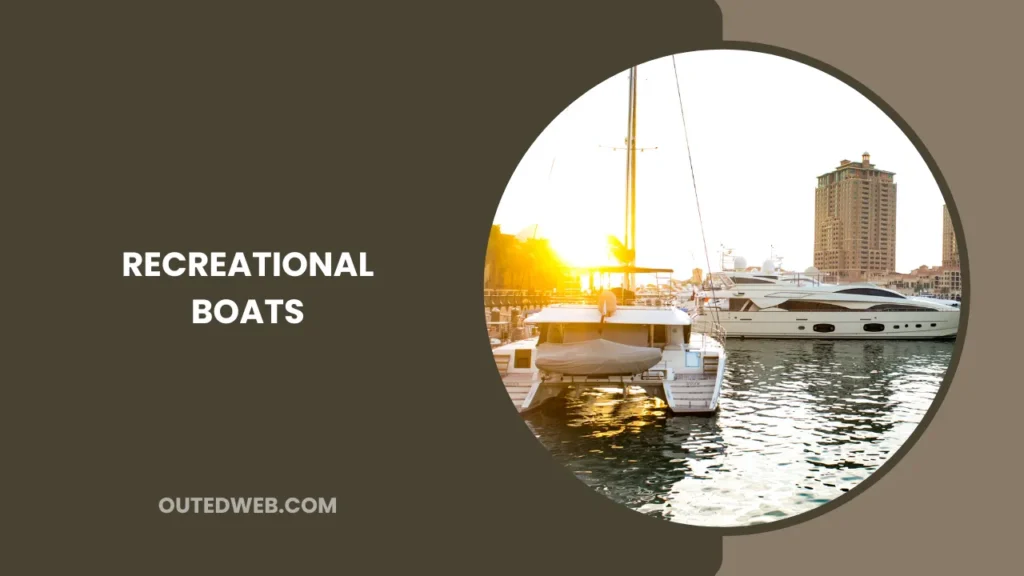
For hanging ten on wakeboards behind the mighty wakes of wakeboard/ski boats, there’s no substitute thrill. And zippy jet boats let you explore even the shallowest backwaters in a splash.
Cruising Boats
When overnighting or weekend escapes on the water are your thing, look no further than versatile cruisers. Cozy cabin cruisers let you feel at home while cruising.
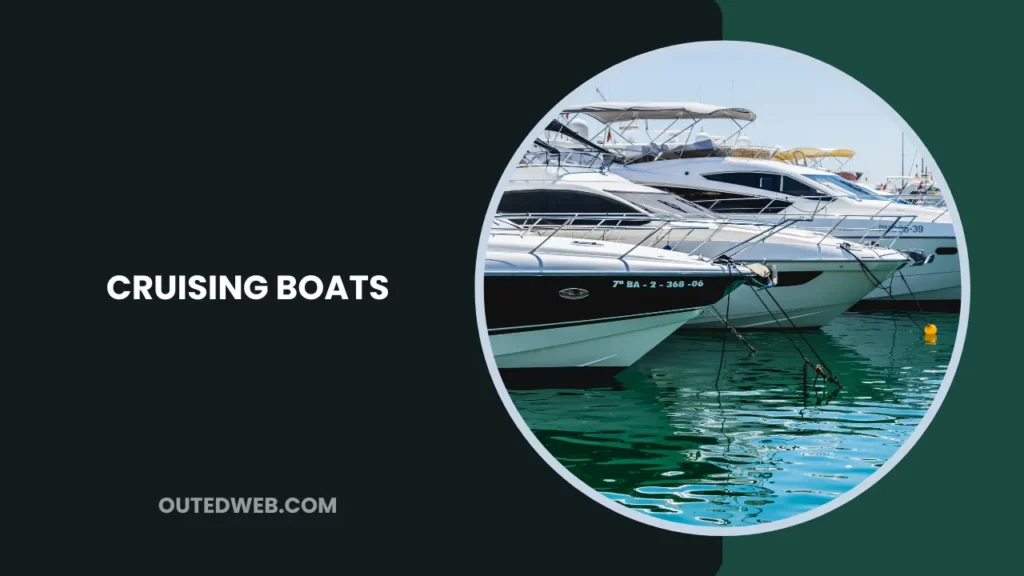
Their bigger siblings, luxurious motor yachts, take comfort to a whole new level! For adventurous types, no vessel compares to the go-anywhere trawler—what’s not to love about globetrotting leisure? These seafaring mansions truly let you live the high life on the open sea.
Performance Boats
Are sheer horsepower and handling your primary concerns? Meet high-octane performance boats. Sleek cigarette boats and other speed demons will leave you breathless with their startling acceleration.
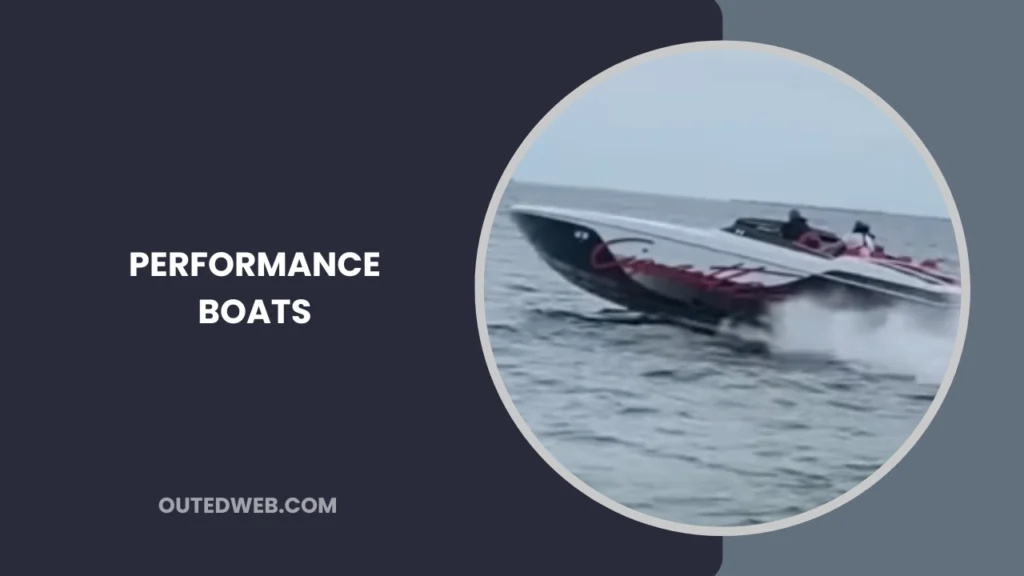
Meanwhile, offshore boats tame even the roughest coastal chops with rugged seaworthiness. And how could we forget thrilling airboats that virtually “fly” across wetlands and beyond?
Commercial Boats
Of course, many motorboats play valuable service roles. Sturdy tugboats maneuver bulk carriers and barges with incredible skill.

Dependable patrol boats safeguard our waters. Versatile utility boats transport crews and cargo for industries from oil rigs to ferries. Where would we be without the hard work of commercial boats?
Specialized Boats
Finally, let’s delve into the realm of specialized boats, where innovation meets necessity. Imagine yourself aboard an airboat, gliding effortlessly across the shallow marshes and swamps. Or perhaps you’re a true adventurer, in which case the hovercraft and amphibious vehicles will be your vessels of choice, allowing you to traverse both land and sea with equal ease.
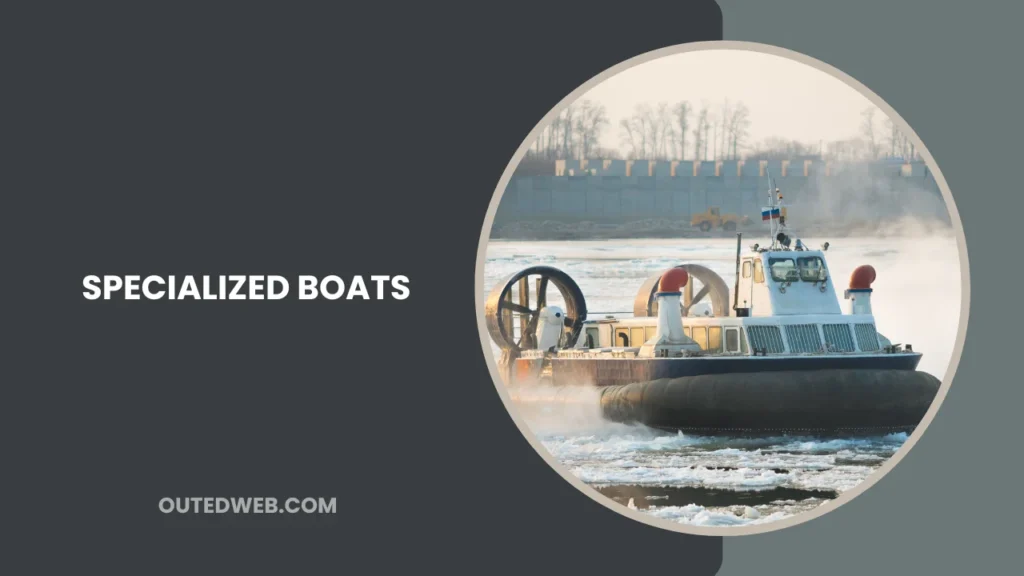
Sailboats
Hold tight; a sailboat-type tour starts now! Their forms fascinate in many flavors. Let me list the lively kinds.
Monohull Sailboats
A single hull cuts through the waves, a tall mast reaching for the sky. These are monohull sailboats, the most common type. But don’t be fooled by their apparent simplicity; there’s a fascinating variety within this category.
Sloops
The most ubiquitous of sailing rigs, sloops are defined by their single mast carrying a mainsail and headsail. This simple configuration provides excellent upwind and downwind performance in a wide range of wind conditions. Sloops range widely in size, from small daysailers to large performance racers.
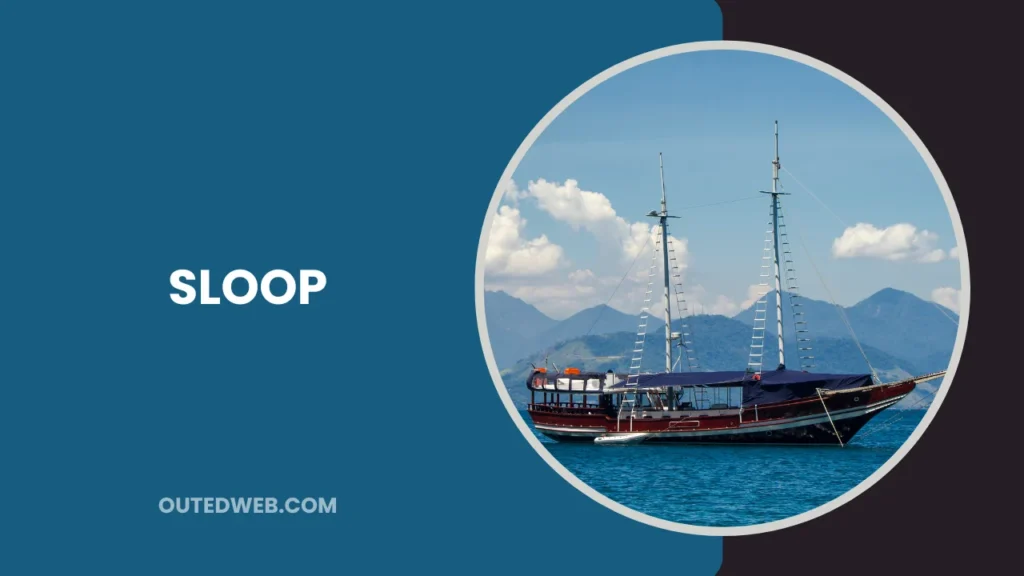
Cutters
Resembling sloops but with two headsails attached to the forestay and headstay, cutters offer improved windward ability. They were popular for commercial fishing and coasting trades, often featuring a long, overhanging bowsprit.
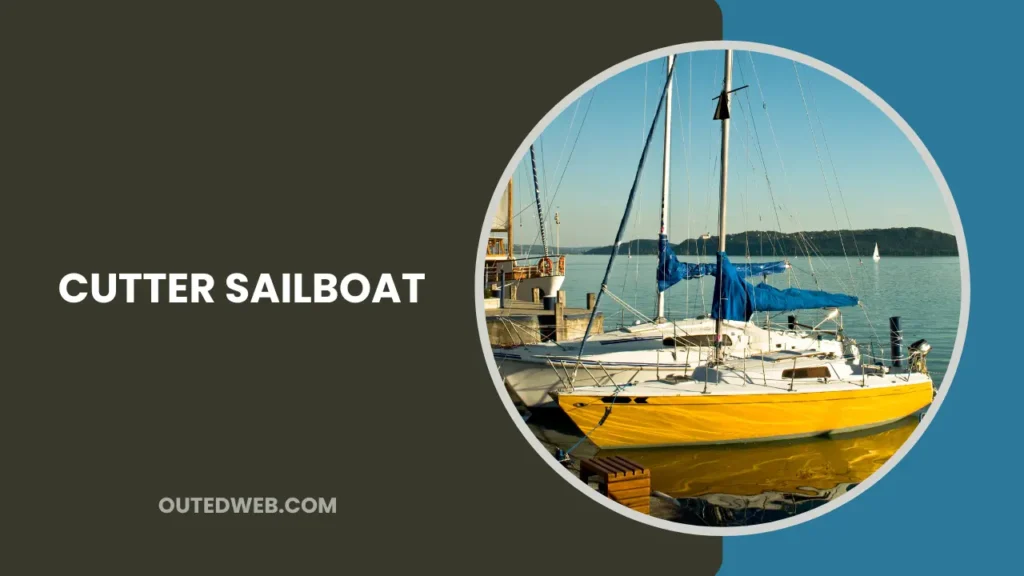
Ketches
Distinguished by their two masts, where the forward mast is taller, ketches carry a mainsail and a large mizzen behind the main mast. This rig remained popular for yachts due to its ability to be easily handled shorthanded.
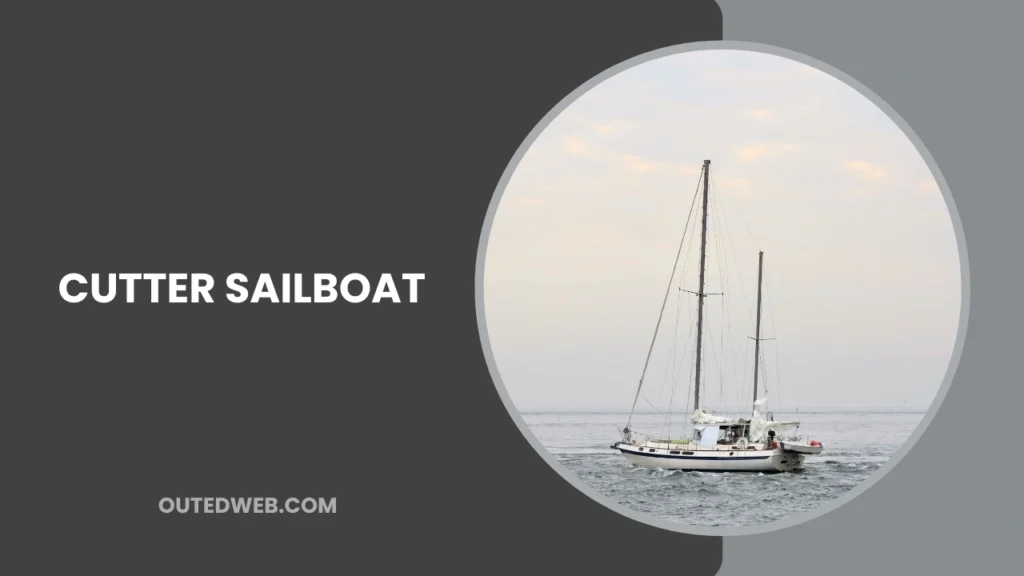
Schooners
Featuring at least two masts where the foremast is tallest, schooners were workhorses of the sailing age. Their ability to carry a vast sail area efficiently transported goods worldwide. Many modern cruising schooners recapture this history.
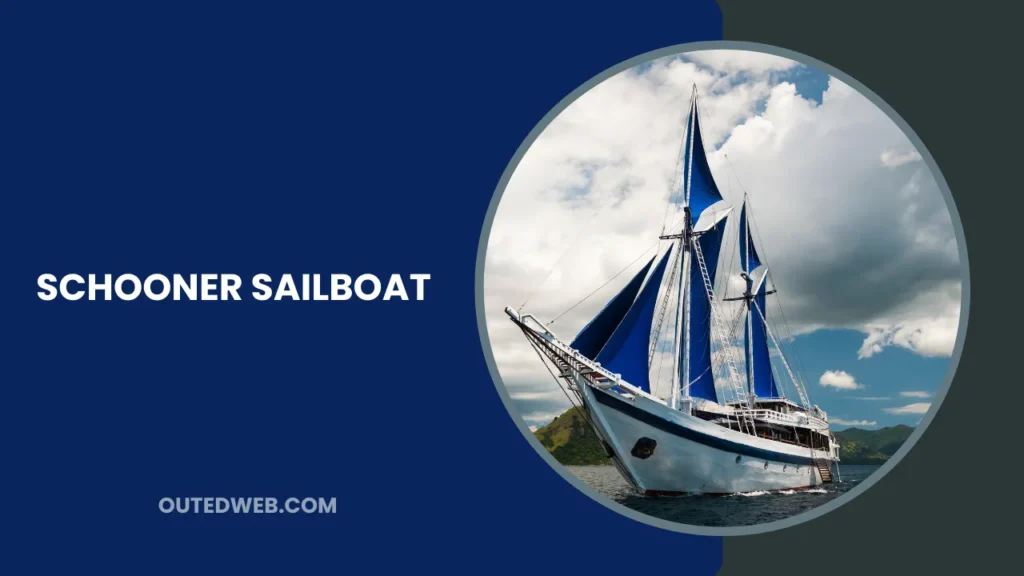
Yachts
Luxury cruising sailboats, generally over 30 feet, enjoy comfortable accommodations befitting their primary leisure focus. Proper yachts may integrate modern conveniences like in-mast furling mainsails and watermakers.
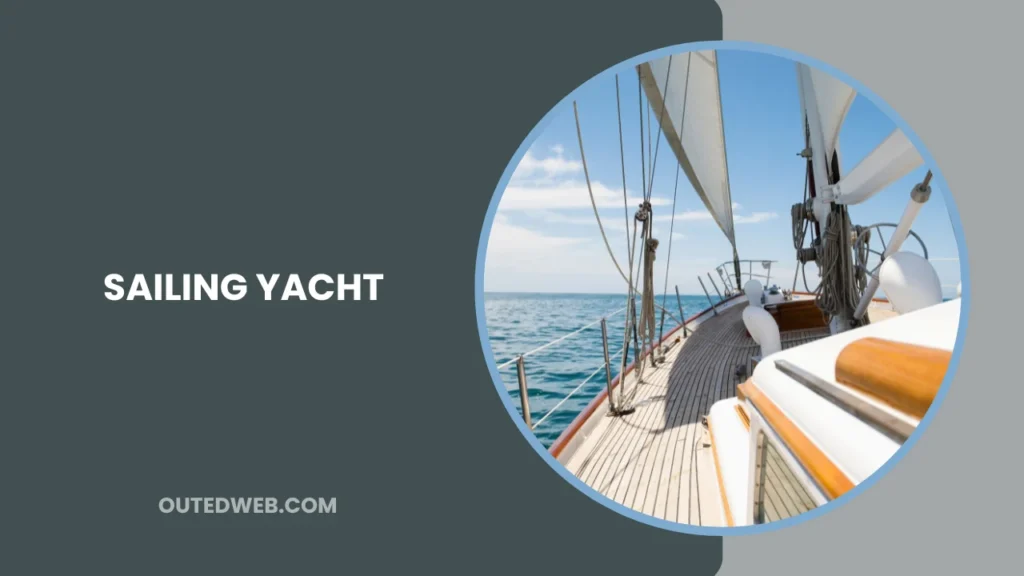
Daysailers and Dinghies
Feeling the need for a quick burst of sunshine and spray? Day trips delight with daysailers and dinghies small. Perfect for water fun, offering thrills up close.
Daysailers
Compact trailer-able boats under 20 feet for coastal use. Minimal cabin sole space affords speed with a simple rig and structure. Ideal for casual family or youth instruction free of long commitments.
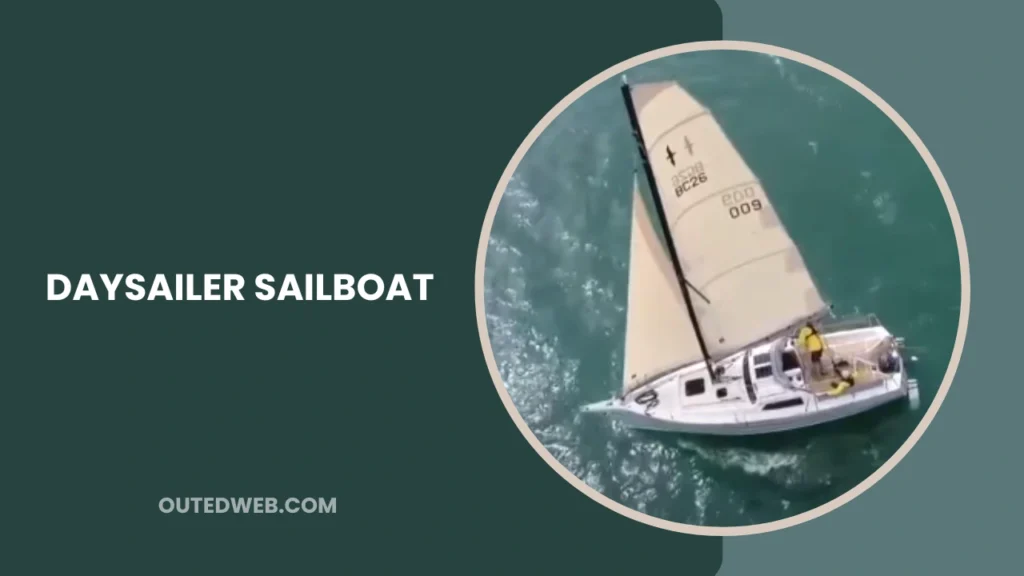
Dinghies
The smallest sailboats are usually rowed or sculled for short hops. Inflatables or rigid dinghy types suit tenders to larger yachts or row sporting singles and doubles. Some incorporate small berths for overnights.
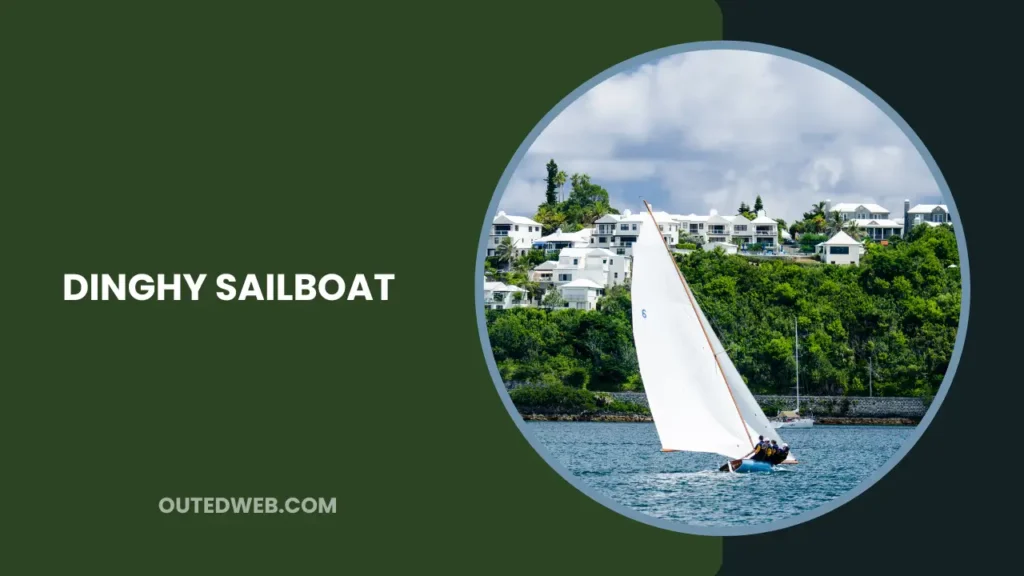
Racing Sailboats
Dedicated racers undergo extensive optimization to eke out every last tenth of a knot. Strict one-design classes control modifications while encouraging skilled crews. Distance racers endure punishing conditions while circumnavigating globes nonstop.
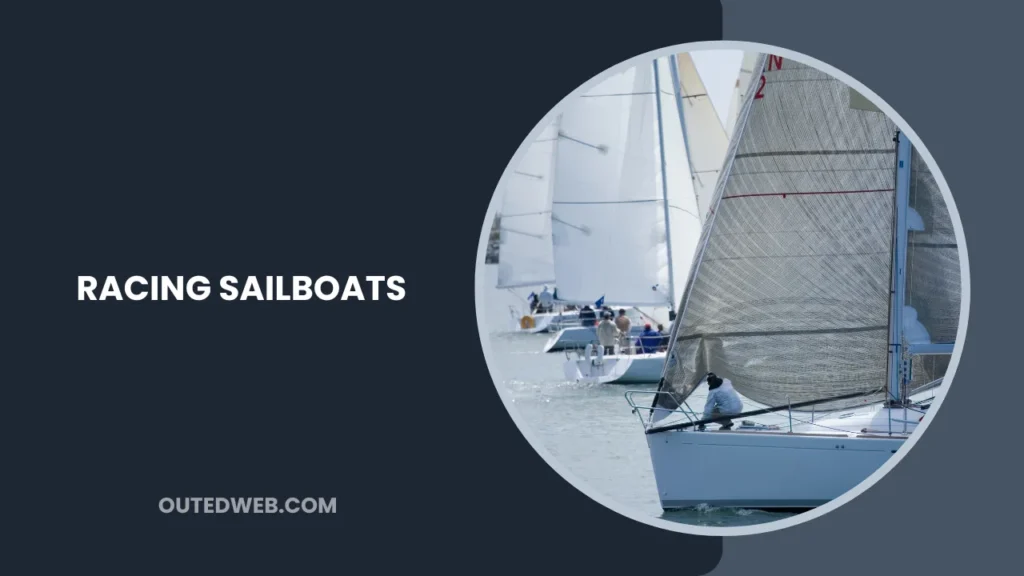
Cruising Sailboats
Designed for voyaging in comfort with an emphasis on seaworthiness and livability,. Bluewater vessels combine performance with robust construction and ample self-sufficiency expected of remote travel.
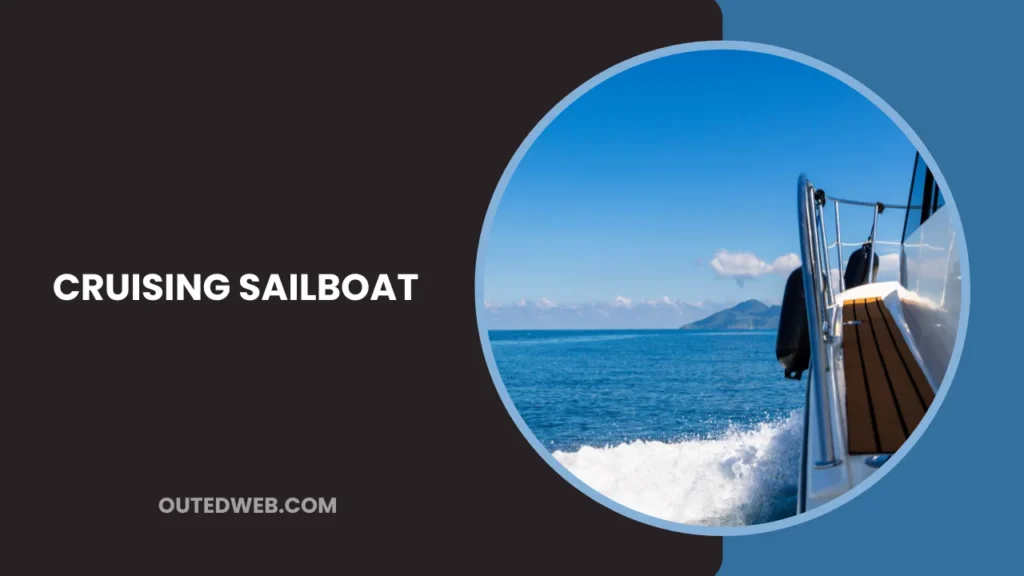
Classic and Wooden Sailboats
Traditional crafts like Maine-built Bermudan ketches conjure history and artisanship. Maintenance and repair of rare wooden vessels become acts of preservation. Modern reproductions balance authenticity with up-to-date adaptations.
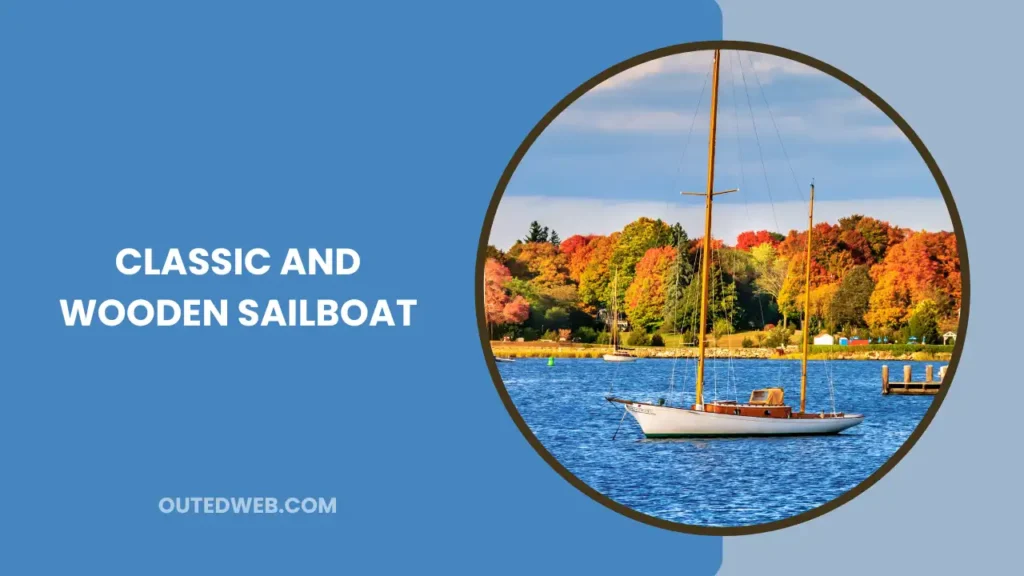
Multi-Hull Boats
The variety of multi-hulled watercraft expands our boating horizons. While the traditional monohull remains prevalent, certain multihull designs excel through enhanced stability, cargo capacity, or sheer velocity. Let’s explore the versatile dual and tri-hull watercraft category.
Catamarans
Taking to the waves with grace, catamarans typify multihull elegance. Their twin hulls, united by a deck or trampoline, endow a stabilizing reserve buoyancy that few solo hulls can rival.
Interior volume achieves new dimensions in catamarans, whether Caribbean day-charters or luxurious world-circling cruisers. Skeptics question their poor upwind performance, yet modern designs address such lagging.
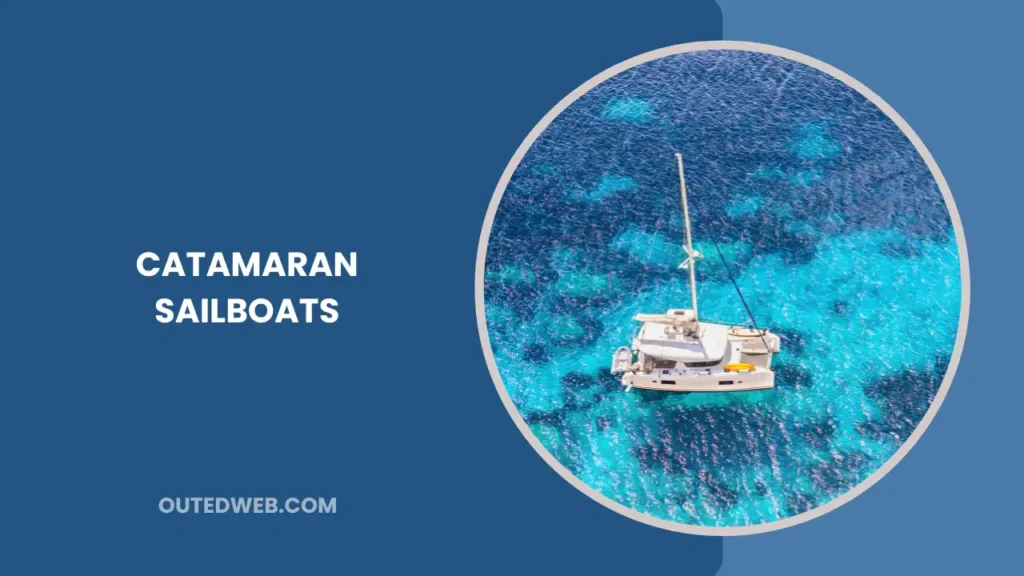
Some weekend cats measure a mere twenty feet, stowing atop sedan roofs. Larger forty-foot liveaboards become a self-sufficient oasis. Mass producers churn out affordable models alongside custom luxo-cats.
Both high-volume manufacturers and bespoke builders push catamaran development, exploring cutting-edge materials like composites. Their continual refinement expands their multihull presence in the global oceans.
Trimarans
Taking the twin-hull paradigm further, trimarans inflate stability to its zenith through a third projecting float. While larger than cats, trimarans maximize interior space. Constructed from featherweight composite, their dagger board-fitted hulls plane at startling velocities.
While costlier builds than cats, experience behind trimaran wheels rewards with exhilaration. Gargantuan trimarans circumnavigate the globe nonstop in record time.
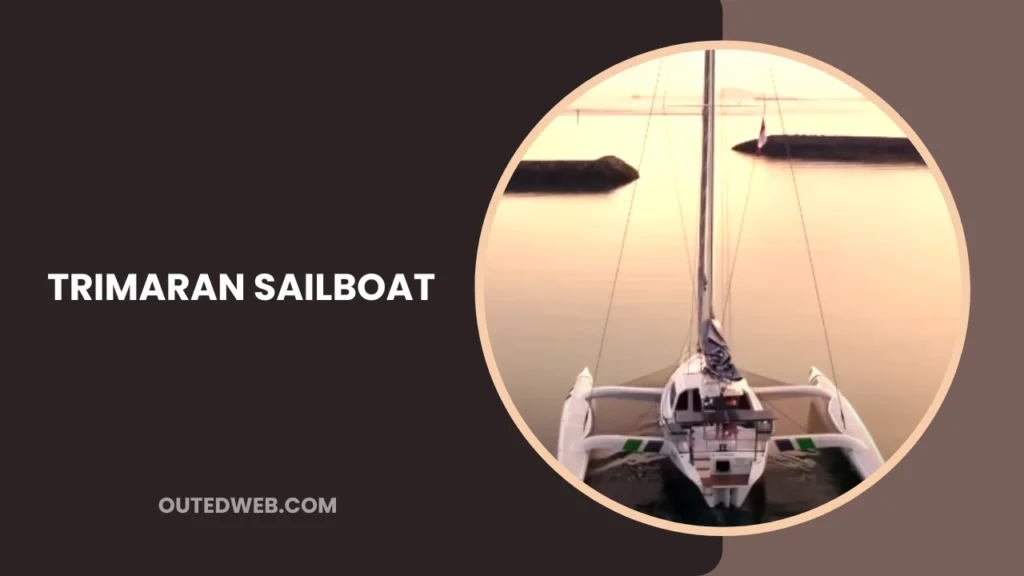
Some produce phenomenal underwater images through hookless rigs. For sheer tthrill,albeit heightened upkeep, trimarans reign supreme among multihull speedsters.
Proas
Perhaps most exotic hail the proa, time-tested traditional Polynesian watercraft. Outriggers extend port and starboard from the narrow hull, transforming their handling into a balletic dance across turquoise surf.
Subtle weight shifts allow proa mariners to swiftly zigzag into the wind, a mastery few other rigs can rival. Their diminutive clones ply Hawaiian bays and lagoons today. Larger proas conduct cultural traditions world-over, reminding us of our connection to our ancestors’ ingenious seafaring.
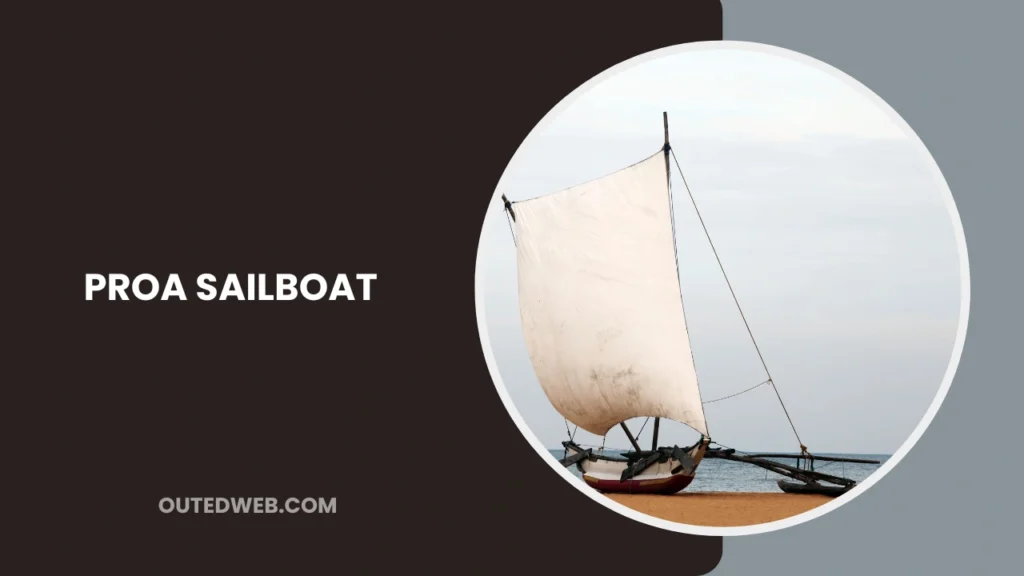
While multihulls rarely dominate harbors numerically, their evolution pushes nautical engineering frontiers in ways few apprehend. Each multihull genre conveys unique advantages, be it handling, cargo, or swift velocity. Choosing the right multihull illuminates seafaring from new angles, certain to spark passion anew.
Human-Powered Boats
Are you ready to set sail without an engine, my hearties? Our expedition today is all about boats powered solely by muscle, be it your own or Mother Nature’s winds. Come, let me spin a yarn ’bout some classic human-driven vessels.
Canoes
Carved from tree trunks, narrow canoes were primordial watercraft. Gliding majestically, their minimal designs perfectly suited shallow streams. Indigenous peoples of boreal forests expertly guided canoes laden with families and cargo.
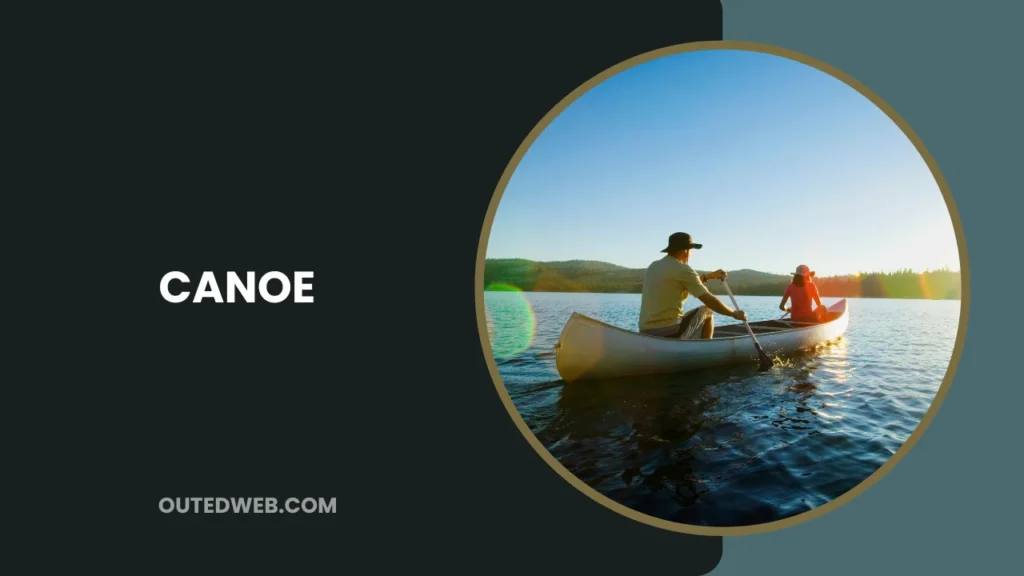
Through balance and practiced strokes, solo paddlers stealthily explored tranquil coves and marshes, attuned to nature’s rhythms. Several seated compatriots coordinated harmoniously. Ballast finely balanced payload, attaining efficient speeds over countless miles. Their enduring simplicity and stability withstand millennia, and they are still treasured for their tranquility and functionality.
Kayaks
Taking the low-profile canoe offshore, inventive Innuit cultures formed sit-upon kayaks for surfing frigid seas. Sleek hulls split chilly breakers with astonishing control. Expedition sea kayaks braved crashing surf, transporting intrepid souls to new shores.
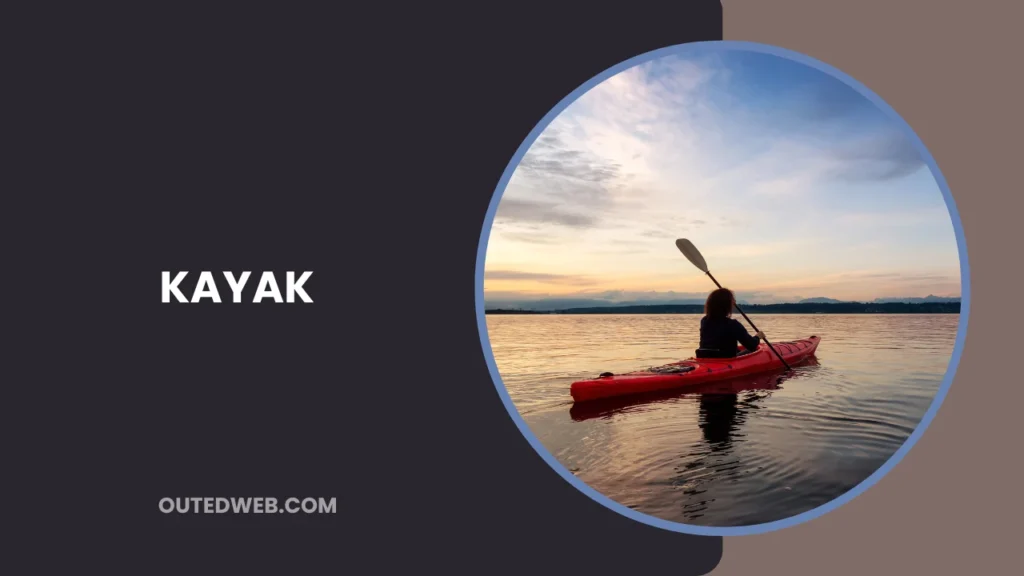
Contemporary whitewater kayaks master river rapids, gliding with agility. In calmer waters, kayak anglers stealthily stalk an elusive quarry. Whether racing on glassy lakes or communing with coastal scenery, kayaks epitomize versatility.
Rowboats
Wooden rowboats moved commerce before engines, reliably networking waterways worldwide. Durable designs persist, rowed for fishing in inland waters or as dinghies.
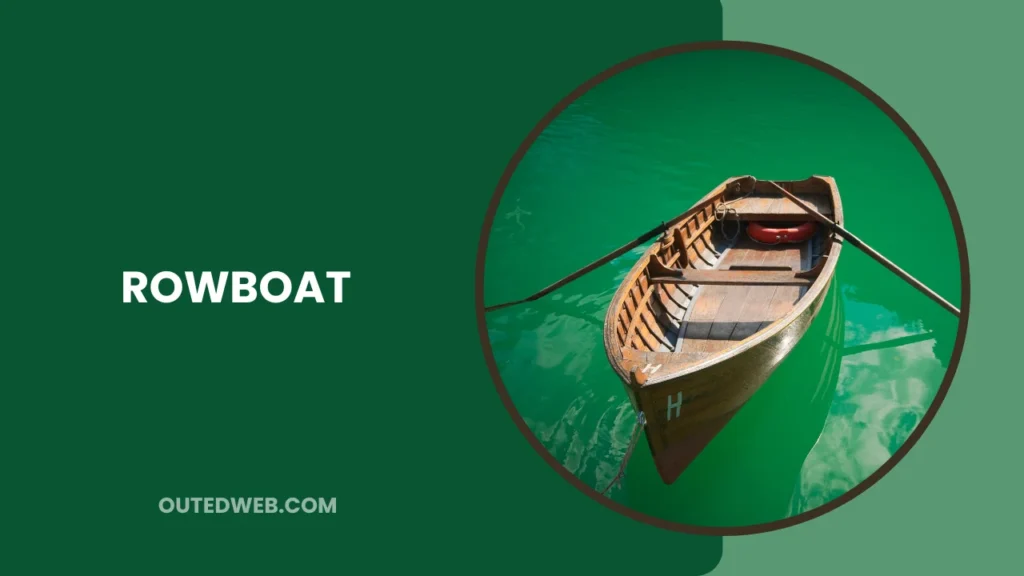
Nimble Dories’ perfection offshore labors alongside schooners echoed in fiberglass day boats. Their diminutive forms a symbol of human dependence on aquatic environs for livelihoods.
Rafts
Nature’s simplest vessel, primitive rafts, floated first. Inflatable rafts now float adventures downstream, amidst canyon vistas and rapids.

Multi-person rafting activates teamwork by navigating white waters through the wilderness. Their longevity and diversity worldwide enshrine humankind’s initial seafaring through nature’s veins.
Paddleboards
Standup paddleboards resurrected ancient Hawaiian surfing culture. Upon elongated personal “boards,” solo floaters propel while balancing—a moving meditation. Novices or experts alike relish coastline views with lake scenery sailing by. Their reintroduction inspires fresh-air exercise at watery playgrounds.
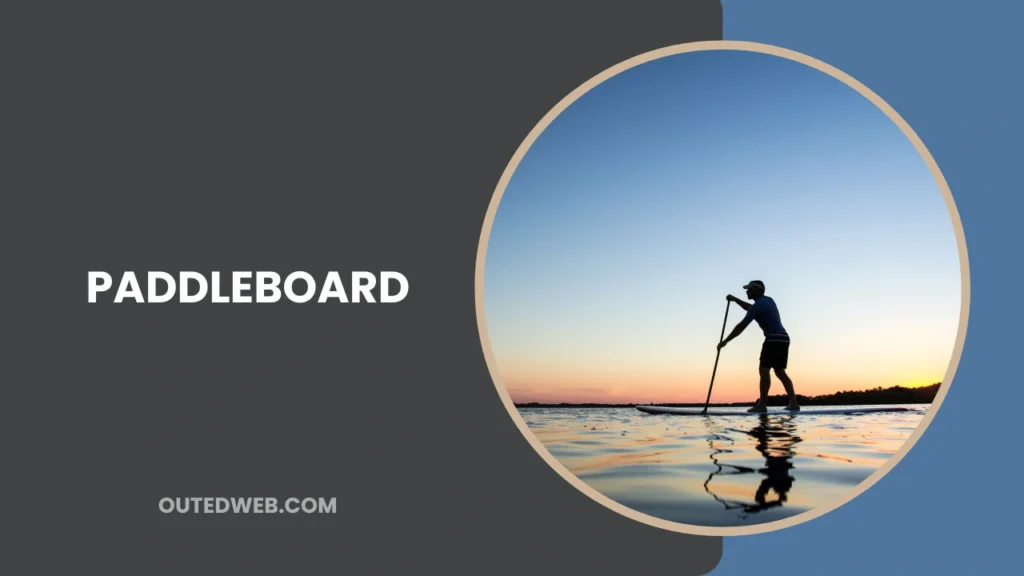
Small Boats and Tenders
While larger vessels attract our gazes, multifarious little boats fill indispensable roles. Let’s explore several versatile smaller craft and their uses.
Dinghies
As mentioned earlier, dinghies are ubiquitous as compact tenders transporting crews between ships and shore. Whether motorized dinghy with outboard or sailed by wind alone, these versatile open boats fulfill a key maritime role.
As one of humankind’s earliest watercraft, simple dinghies evolved as humble vessels retrieving fishing nets or ferrying between islands. Modern dinghy designs remain largely unchanged – stiffened inflatable or rigid small boats rowed by pairs of oars or equipped with small sailing rigs.
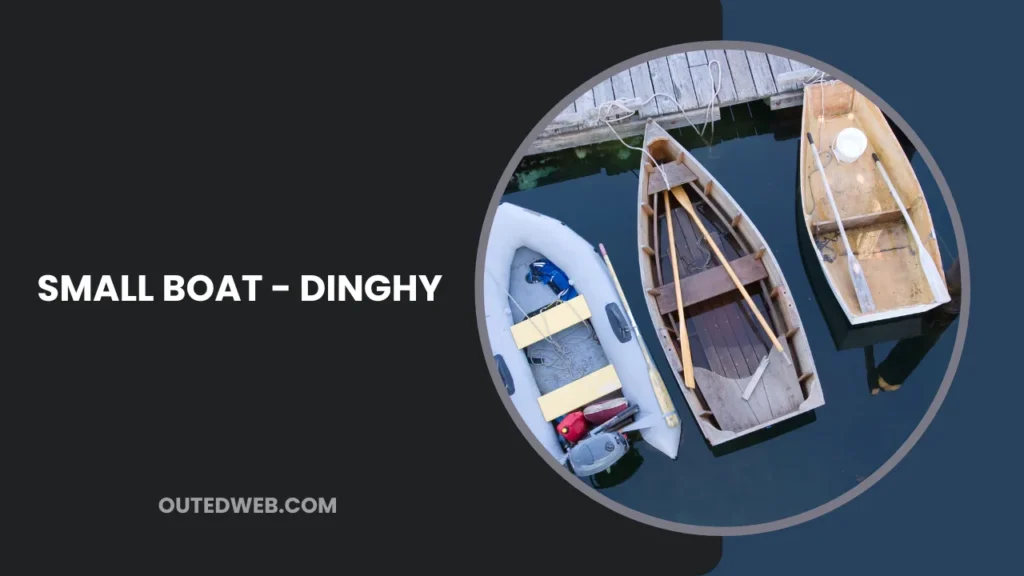
Countless recreational sailors keep dinghies towed behind sailboats to quickly access shoreside amenities. Others seek solace by communing solely with nature’s rhythms, rowing serenely amid wildlife. Some racing dinghies push design limits with multi-sail planing hulls flown by skilled youth crewing international regattas.
Their diminutive designs suit restricted waters where larger craft could not pass. Stowed aboard yachts or nestled in racks lining coastal municipalities, dinghies stand ready to shuttle sailors seamlessly between elements. Their prevalence through the ages honors humankind’s earliest explorations by water.
Jon Boats
Drawing crowds at bass tournaments, jon boats trace their roots to simple prams poled through swamps. Favored for fishing shallow inland waters, jons feature robust flat bottoms, letting anglers glide over sand and grass with outboard power.
Affordable yet durable, Jon boats couple practicality with sporting versatility. Many weekend warriors harbor childhood memories of making trolling weed lines from simple aluminum boats or aluminum jons. Practiced hands learn lures by casting from them afloat in shallow backwaters in solitude.
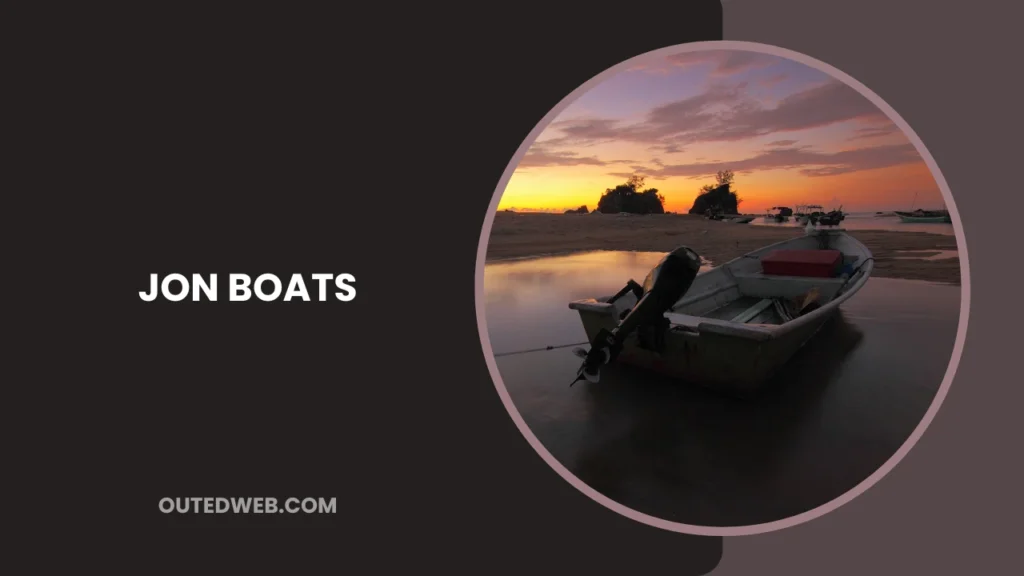
Jons typify simplicity yet function, providing affordable entry to inland recreational angling. Their benign stability and shallow draft charm both amateurs and professionals alike in places deeper boats can’t reach. A timeless workhorse design, jons exemplify versatile utility through the ages.
Personal Watercraft
The modern personal watercraft occupies a unique recreational niche. More akin to hovering motorcycles than conventional boats, personal watercraft transform aquatic enjoyment into exciting individual activities.
Characterized by supportive saddle seats enabling standing or seated riding, personal watercraft boost thrill-seeking escapism. Models vary from one to three-person capacity; solo “stand-up” designs accommodate adventurers craving independent waterborne maneuvers.
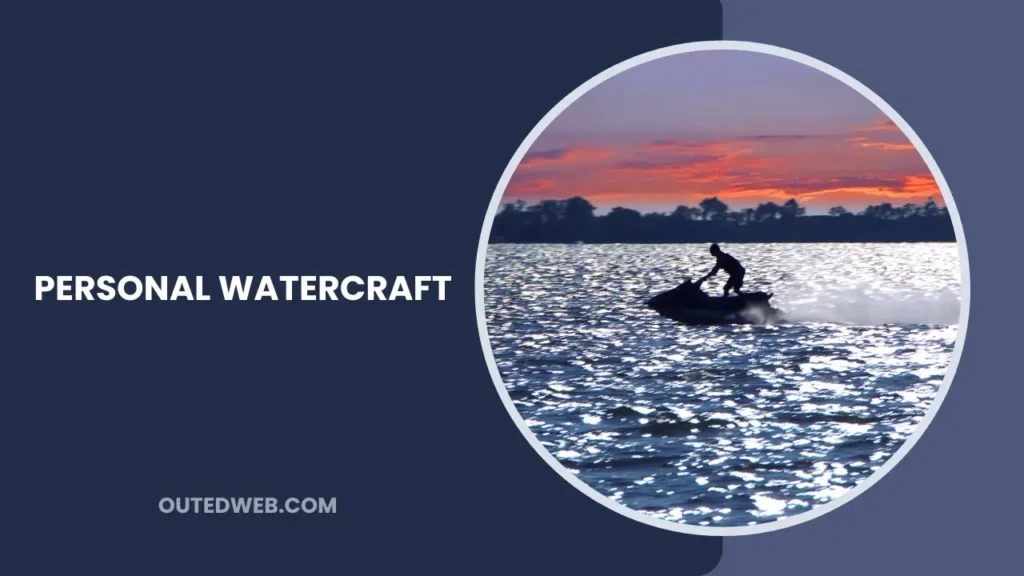
Personal watercraft bring motorized excitement alive, unlike any other type. Their compact designs let them explore coves and lakes in ways no other vessel matches. Critics condemn noise and emissions yet their popularity validates transformative aquatic fun for riders young and old. Novel handling and capacity for stunts electrify aquatic recreation far offshore conventional lines.
Rigid Inflatable Boats
While basic inflatables allow access to most aquatic spots, many prefer sturdier crafts. Enter rigid inflatable boats, combining advantages. These marry flexible rubberized tubes to rigid hull bottoms, forming resilient yet puncture-resistant craft.
Self-bailing RIB designs shrug off pounding surf with ease. Quality fabrics minimize maintenance versus rigid fiberglass. Options range from tenders and ferry crews between larger vessels to multi-person leisure craft. Some mountain cabins accommodate lengthy voyages.
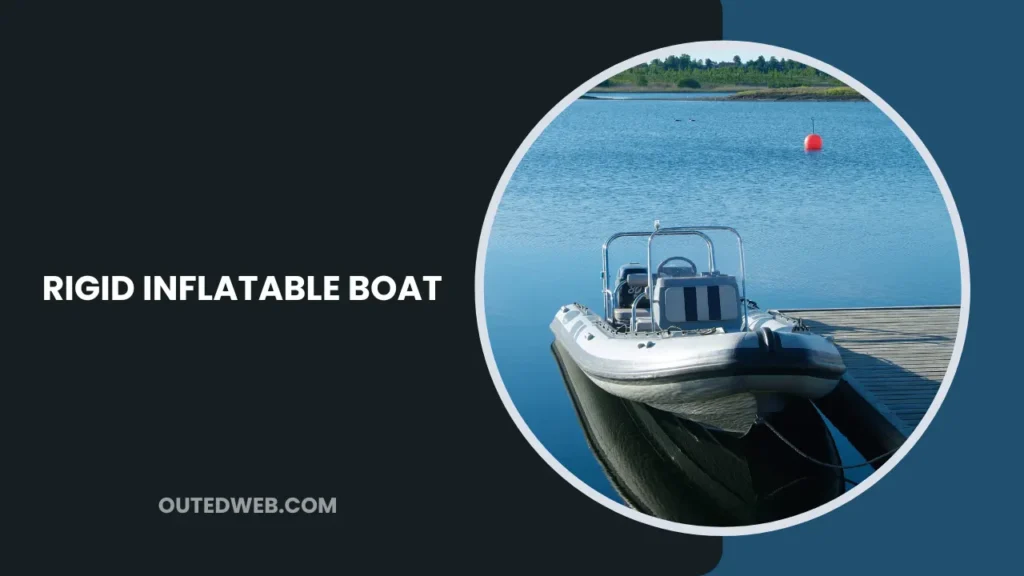
As the marine industry’s fastest-growing category, RIB diversity matches any mission. Their enduring popularity arises from balancing durability, transportability, and seakeeping unmatched by all other crafts. RIBS revolutionized what was possible from inflatable technology.
Float Tubes
Perhaps humankind’s earliest personal floatation devices, simple float tubes, persist as one craft needing no training wheels. Balanced upon inner rubber donuts, anglers drift aimlessly as fish peck enticingly below.
Float tube simplicity lets wandering waterways in complete solitude. Its cheap cost of entry presents a little barrier, which is important to new anglers or those on tight budgets. While lacking cushions or protection from the elements, float tubes maintain charm through sheer primal simplicity.
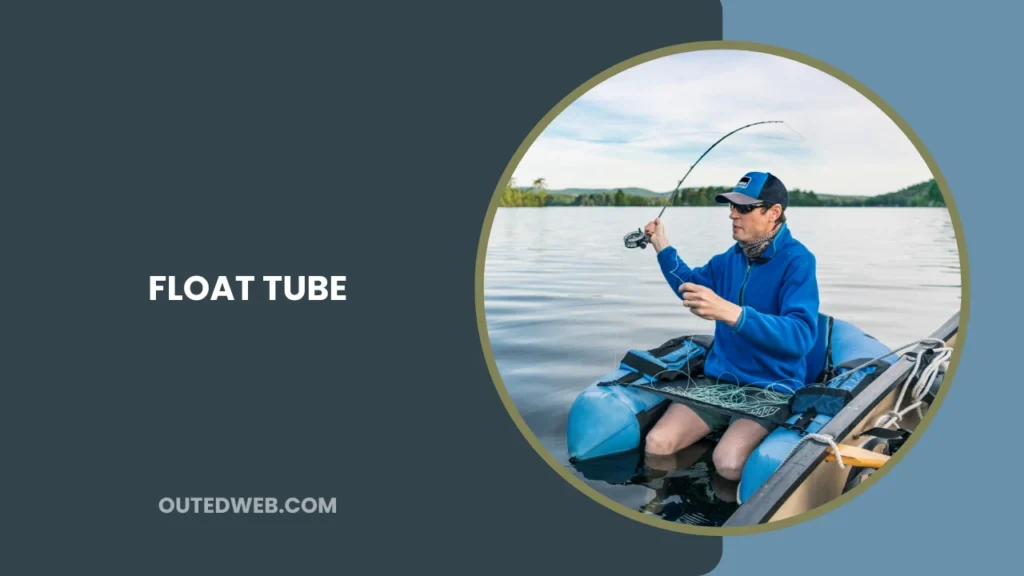
Their affinity for stealth fishing appeals to purists seeking a pure connection between caster and quarry. Centuries later, floating tubes survive as an effective reminder of how little equipment is truly necessary to enjoy nature’s bounty.
Specialty Boats
While many boats fit mainstream uses, some innovators carved unique niches. Let’s explore specialty vessels tailored for particular purposes.
Houseboats
Few vessels better epitomize the draw of living on liquid real estate than the houseboat. As their name implies, houseboats marry all the comforts of land-bound living to seafaring lifestyles. Vast interiors resemble conventional residences yet undulate gloriously between scenic shores.
The term “houseboat” belies their variety worldwide, from Dutch barges traversing European canals to floating residences dotting American waterfronts. Floor plans range from simple floating platforms incorporating bedrooms and kitchens to spacious multi-room vessels blurring distinction from terra firma homes.
Aboard, mod cons include plumbing, heating, and entertainment on par with dwellings. Exteriors present appearances as individual as their owners; some resemble bungalows, while others mimic mini yachts. Functions also diverge; stationary houseboats serve as permanent waterfront homes, while cruising models voyage endlessly between ports.
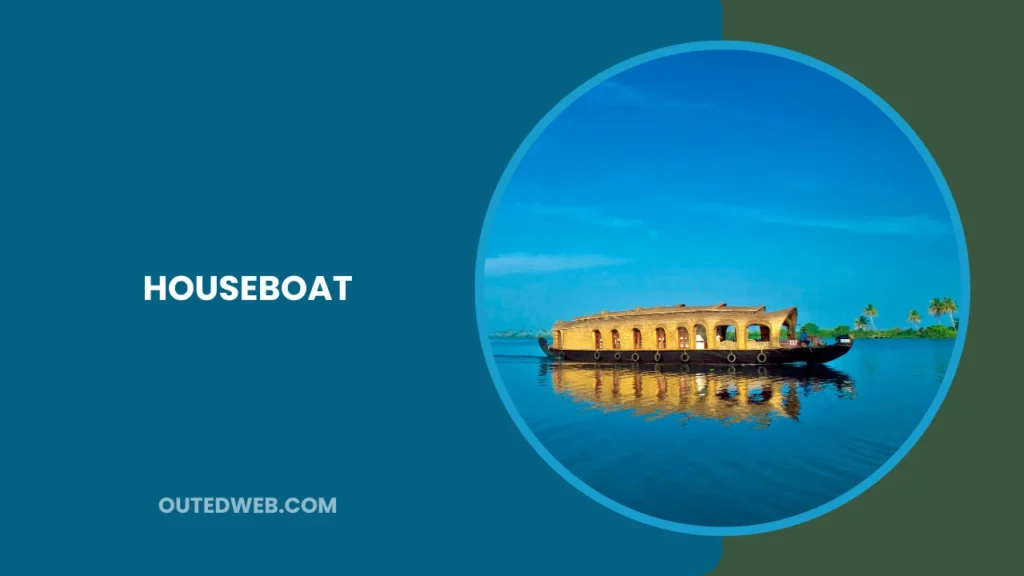
Pleasures abound living upon the water, whether anchored or voyaging. Residents commune intimately with nature, observing daily coastal dramas unfold from patios. Evolving interior decor synchronizes astutely with residents’ passions. Children raise families immersed in aquatic stimulation beyond shores’ confinement.
Over generations, houseboaters have transformed boating by redefining living upon the wet stuff’s very essence. Their influence propagates as floating dwellings proliferate globally, blurring the partition between land and sea through humankind’s enduring affinity for aqueous realms. Novel lifestyles within inspire a rethinking of humans and nature’s bond.
Gondolas
Wafting Venice’s fabled canals since the city’s 15th-century beginnings, gondolas have become entwined with its very soul. Their elongated hulls and elevated stern platforms render gondoliers statuesque figures, poles used to both propel and skillfully steer through throngs.
Crafted from resilient yet lightweight various kinds of wood, each gondola is singular; no two replicas exist. Bow flourishes denote exquisite artistry, honoring their shipwright. Gondoliers become adept physiologically, poles straining against current hour after hour under elegant livery.
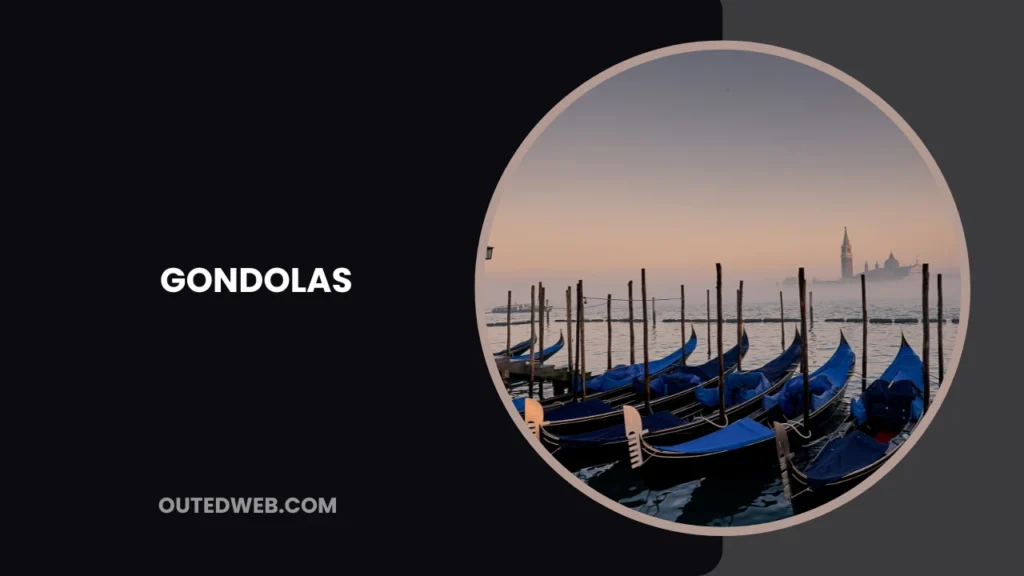
Their intimate maneuverability amid tiny alleys demonstrates humanity’s mastery of melding technology and art. No engines disturb reflections along mosaicked palazzi, replacing rumble with poetic baritones.
A private poem in black conveys dignitaries or delivers serenades under the moonlight. Cultural heritage floats within each gondola, plying Venice’s labyrinth with artwork that also functions.
Banana Boats
Summertime frolics wouldn’t feel complete without careening across cerulean surf astride banana boats. Their towering, inflated oval forms emerge each season, outfitted with cushions and handlebars to steady clusters squealing with excitement. Usually seating three to ten, these sociable vessels transport revelers behind powerboats out to waiting breakers.
With no built-in propulsion beyond tow ropes, riders must cling tight through dizzying spins and airborne cascades above the surf line. At the capricious operator’s whim, the yellow flotilla performs synchronized stunts, delivering breathless spills into the refreshing spray.
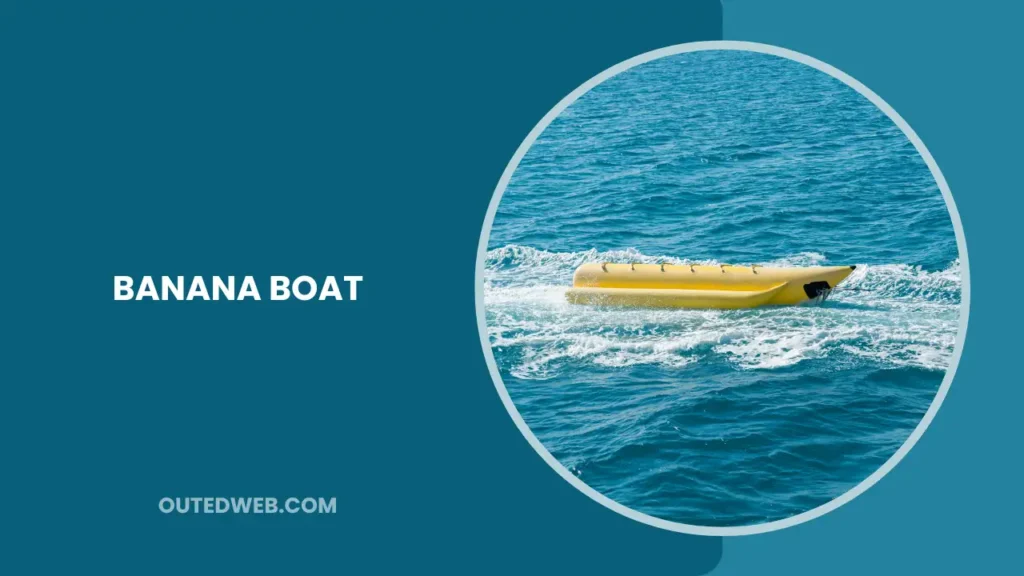
Their simple yet thrill-delivering designs stand the test of time, outlasting fickle trends again and again each laugh-filled season. A ride forever stamps wide grins that last lifetimes. Few vessels purely distill summer’s essence into one singular experience.
Dragon Boats
The ancient tradition of racing magnificent dragon-headed vessels. Powerful teams synchronize hundreds of strokes per minute, propelling twenty-two paddlers and drummers in synchronized harmony. Major festivals showcase teams’ synchrony and stamina over grueling distances under the summer sun.
Dragon boat racing originated from a legendary Chinese poet’s suicide by drowning. Local people launching flotillas attempted to rescue his soul. Today fiberglass and wooden dragons up to fifty feet long transport crews across shimmering water.
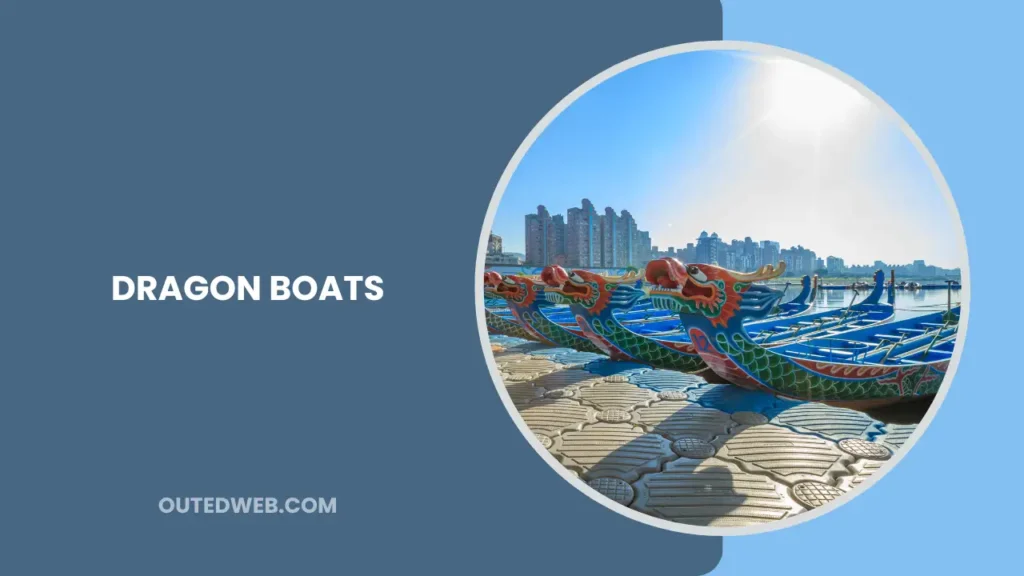
Their serpentine forms seem mythical against scenic backdrops as teams channel earnest efforts and team spirit into stroke after perfect stroke.
Reed Boats
Among humanity’s most resourceful seafaring innovations lie the unique reed boats of African waterways. Madagascar’s Vezo fishermen craft sleek vessels entirely from Arundo donax, locally called Voloa.
These boats are surprisingly capable of exploring challenging surf conditions. Their tall and slender design, buoyed amidships, allows them to master treacherous waves that other vessels would struggle with.
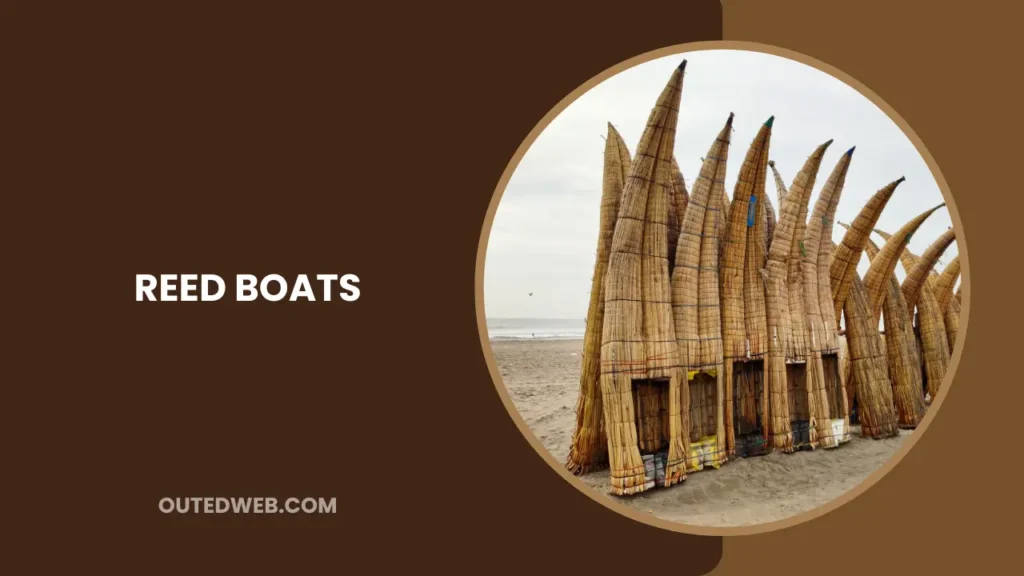
While stability and seaworthiness might seem improbable for hulls made from seemingly fragile reeds, these reed boats have silently persevered since antiquity.
This cultural heritage persists through continuous refinement, a beautiful balance between nature’s gifts and human expertise. It’s a quintessential sign that marine ingenuity truly knows no bounds.
Commercial and Military Vessels
While recreational boats charm, commercial and military vessels showcase how far technology and engineering have brought humanity upon the waves. Let’s explore several specialized vessel types.
Container Ships
The modern container ship transformed global trade by standardizing cargo transport. Gigantic container vessels haul thousands of steel boxes efficiently stacked from bow to stern.
Early container ships emerged in the 1950s but did not commence regular transatlantic sailings until the 1960s. As containerization caught on, dedicated box ships grew. Where conventional break bulk carriers crammed holds, containers optimized space. Cargoes loaded quickly via cranes replaced the backbreaking labor-lacing items below.
Early small container fleets proved the concept’s viability. New construction swelled rapidly through the 1970s. Ships stretched beyond 400 feet, then 500, carrying thousands of TEUs. Major lines deployed “containerships” on regular international loops. Specialized gantry cranes speed loading and discharge versus conventional cargo handling.
Container tonnage began outpacing general cargo by the late 1970s. Containerization had shifted 95% of non-bulk US ocean-borne trade by the 1980s. Port infrastructure has been modernized to accommodate standard containers. Shoreside facilities upgraded conveying boxes inland. Intermodality has transformed global supply chains.
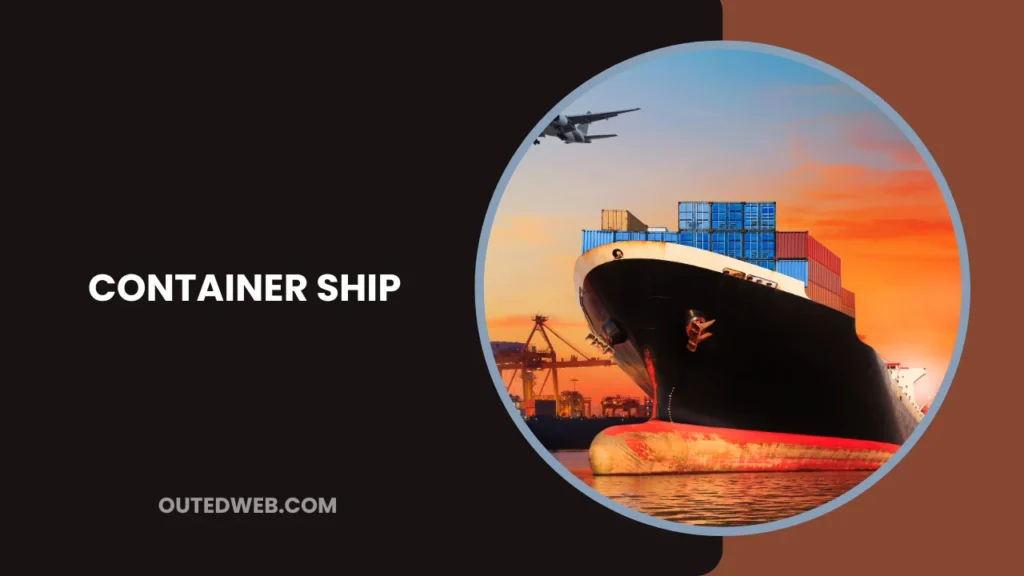
Today, ultra-large container vessels stretch four football fields. Triple E class ships flaunt a capacity of over 18,000 TEU. Maersk’s pioneering Triple-E model pushed design limits as the largest moving object man ever built.
New vessels enter service annually, carrying ever more containers faster than ever before. Their colossal scale reshapes shipping logistics, unlocking unprecedented economies of scale.
And so containerization emerges as a dominant force transforming global trade. Its cascading consequences ripple outward, reshaping logistics, manufacturing, and economies worldwide thanks to these leviathans of container shipping that connect us all.
Tankers
Tankers form the arteries fueling civilization, transporting petroleum and its products worldwide. While pipelines underpin regional fuel distribution, tankers remain vital for international transport. Crude carriers range from ultra-large, very large crude carriers (VLCC) down to smaller coastal tankers, ferrying crude between oil fields and refineries globally.
Specialized tankers also proliferate. Product carriers ship finished petroleum products from refineries worldwide.
Liquefied natural gas tankers transport LNG in insulated tanks at -160°C. Chemical tankers sustain myriad commercial and industrial processes for transporting chemicals (including benzene, jet fuel, and gasoline). Fertilizer carriers sustain global agriculture. Wine tankers export consumable culture.
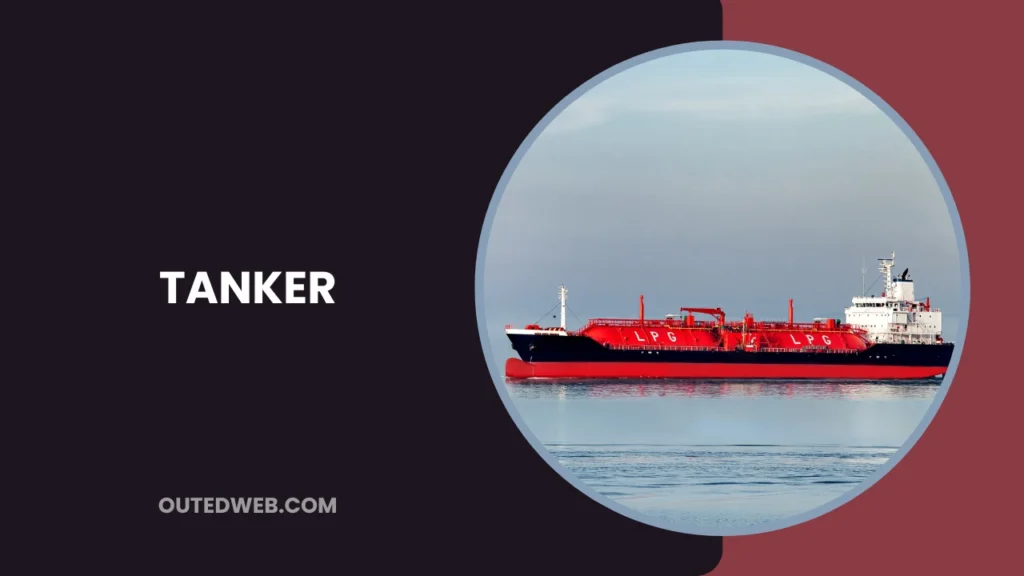
Tanker design varies according to cargo type. Crude tankers feature independent, oil-tight compartments and pumps to unload individual tanks. Product carriers feature pumping and piping gear to load diverse cargoes. Specialized tankers apply rigorous containment and safety protocols. All comply with stringent maritime and environmental regulations to maintain safety.
Oil spills damage tanker reputations despite their infrequency. Double-hull, escort tugs, and Vessel Traffic Service systems mitigate environmental risks. Yet tankers remain economical for transporting bulk liquids vital to modern civilization. Their continued evolution safeguards energy and resources, sustaining lives worldwide.
Naval Ships
Naval fleets defend national interests on the high seas with diverse, specialized warships. Fast missile cruisers seek and engage foes over the horizon. Destroyers annihilate surface and air targets from afar. Submarines stealthily patrol or launch salvos underwater. Aircraft carriers launch airwings, projecting the nation’s power and defensive umbrellas.
Frigates conduct peacetime duties from counter-piracy to fisheries patrols, transforming to war-readiness rapidly. Corvettes fulfill multi-role constabulary missions. Aircraft and vehicles transport forces rapidly worldwide.
Logistics command vessels supply distant deployments. Hospital ships rescue the injured. Minesweepers hunt nautical IEDs. Research vessels expand maritime knowledge.
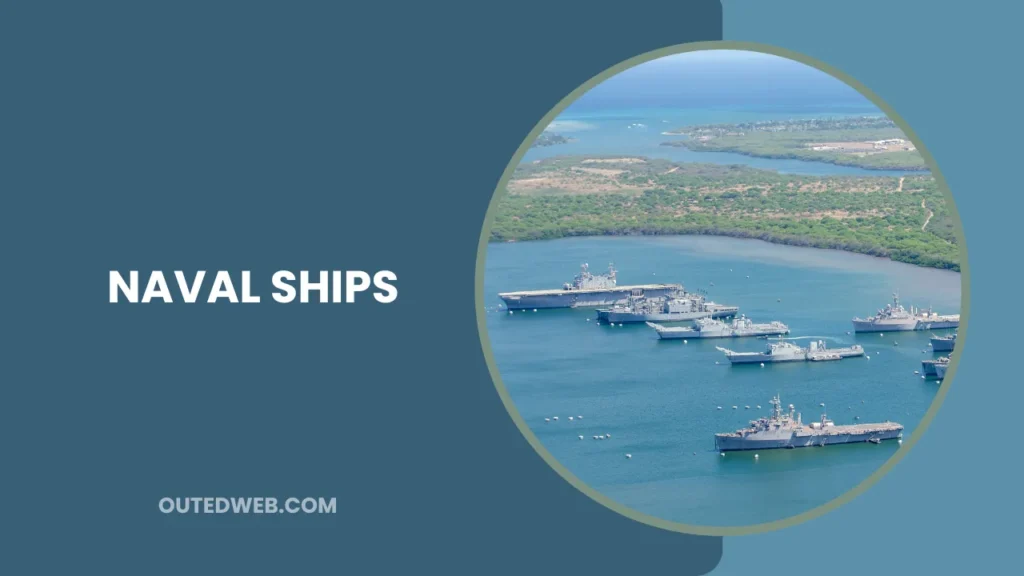
Naval architecture couples offensive capacity with seamanship on the open ocean. Surface, undersea, and air assets are integrated for sea control. Ships with charge-directed energy weapons, rail guns, and lasers are investigating tomorrow’s fleet technologies today.
Through continuous upgrading, naval fleets safeguard national interests far from homeports worldwide. Their coordinated resources epitomize defending civilization upon the world’s watery expanses.
Coast Guard Vessels
Coast Guards uphold safety, security, and stewardship of the seas around nations. Their diverse specialized fleets fulfill legal, law enforcement, search and rescue, environmental protection, and national defense duties.
Fast patrol boats intercept smugglers and undocumented migrants. Others conduct fisheries patrols, pollution response, or aid navigation maintenance. Icebreakers safeguard polar supply routes and research. Seagoing buoy tenders service vast aid networks. Transport cutters deploy forces and logistics worldwide.
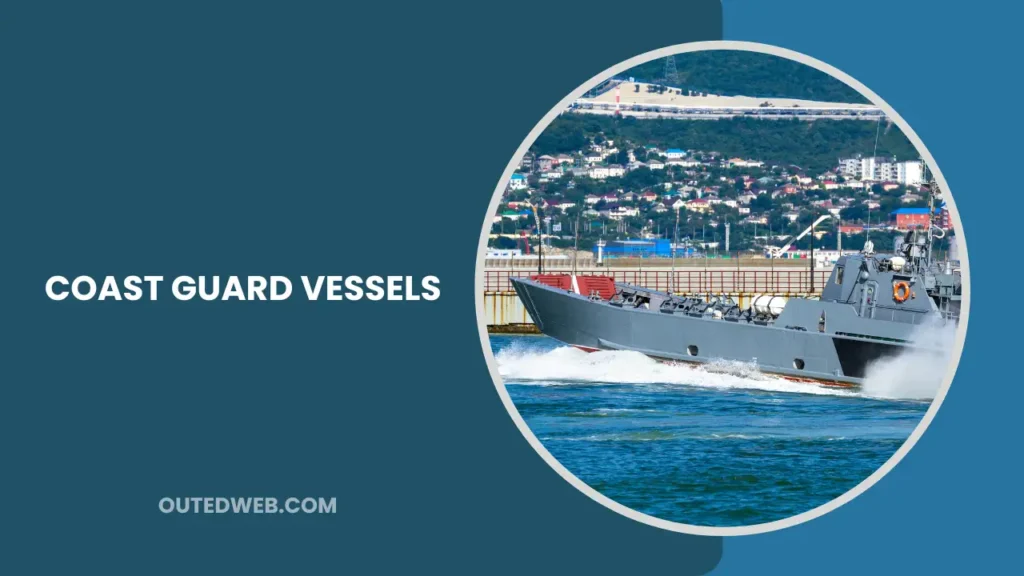
Maritime SAR helicopters pluck people imprisoned in the oceans. Their cousin’s fixed-wing aircraft conduct coastal patrol and drug and migrant interdiction far from shore. Station boats stand ready 24/7, liaising with the maritime industry and mariners in distress. Specialized shallow water interceptors access harbors and fragile ecosystems, enforcing environmental laws.
So whether ensuring maritime trade lanes remain open or saving citizens in peril upon the sea, Coast Guards worldwide fulfill duties as diverse as the waters they safeguard through a spectrum of specialized watercraft. Their vigilance underpins national interests worldwide.
Frequently Asked Questions
Here are answers to common questions about boats:
What Is the Difference Between a Boat and a Ship?
Boats tend to be smaller watercraft used close to shore, while ships are larger vessels intended for offshore use. Generally, boats are considered any vessel small enough to be carried by a larger ship. There is no uniform size limit defining the difference.
What Is the Best Boat for Fishing?
Popular choices include center console, dual console, and bass boats designed for stability and handling rough conditions. Smaller John boats access shallow backwaters. Kayaks stealthily stalk prey. Consider your fishing style and budget.
What Are the Most Popular Types of Recreational Boats?
Bowriders, pontoons, deck boats, and cabin cruisers suit families. Personal watercraft provide standalone thrills. Sailboats harness wind power. Jon boats and kayaks access nature intimately. Specialties like wakesports boats optimize specific activities.
How Do You Choose the Right Sailboat?
Consider your sailing program, crew size, and desired comfort level. Daysailers emphasize speed, while cruisers focus on livability. Racing boats optimize one design, while hybrid power-sailers comprise both. Shop used to offset learning curves. Rent before committing to finding your perfect match.
What Are the Advantages of Multi-Hull Boats?
Catamarans and trimarans stabilize rolls with twin or parallel hulls. Their interior volume, stability, and carrying capacity surpass those of monohulled boats of equal length. Tradeoffs include higher costs and reduced upwind performance compared to optimized monohull designs.
Are There Any Boats Suitable for Both Sailing And Motoring?
Some modern designs, like power catamarans, effectively serve both roles. Their engines supplement rather than replace sails, expanding operational windows. Saildrives even convert traditional monohulls into versatile sail-or-motor vessels. Hybrid configurations pair strengths while overcoming the limitations of each.
What Are the Main Factors to Consider When Buying a Boat?
Prioritize intended uses like family recreation versus coastal cruising. Assess maintenance and repair access, capability for planned activities and environments, suitable safety gear, mooring possibilities, and operating costs in the long term. Consider size-matching crew size and skills for assured handling. Inspect the condition thoroughly before purchasing.
How Do You Get a Boating License?
Licensing requirements vary by state, often none for boats beneath a horsepower limit. Online boater safety courses approved by state administering agencies help ensure competency in operating varying vessel types. Courses cover navigation rules, safety equipment, fueling procedures, and more. Certification demonstrates the preparation and handling responsibilities of boat operation.
What Are the Environmental Impacts of Different Boat Types?
Diesel and gas boats emit pollutants. Sailboats produce none directly while underway. Larger ships risk fuel and waste spills. Personal watercraft face scrutiny regarding noise and emissions profiles. All introduce non-native species via hull-fouling, if not anti-fouling.
Minimize impacts via best practices: properly dispose of waste and avoid groundings or collisions that may release petroleum into sensitive ecosystems. Stay abreast of regulations protecting environments where boats interface globally.
How Do You Maintain and Store Your Boat Properly?
Routinely inspect hulls and engines for signs of deterioration. Flush engines with antifreeze prior to layups. Cover electronics during storage. Secure movable gear to reduce shifting. Consider marina vs. trailering storage pros and cons, along with environmental factors like exposure. Schedule annual haul-outs inspecting bottoms and zinc. Always promptly address any issues found to prolong vessel life and safety.
Final Verdict
In closing, we’ve covered an immense diversity of boats, ranging from tiny dinghies to supersized container ships. Whether propelled by wind, motor, oar, or even one’s own legs, boats manifest humanity’s endless innovation and relationship with aquatic environments.
From humble beginnings, fashioning logs into dugouts, ingenious vessels now transport freight worldwide or carry amateur anglers amid shallow backwaters. Specialized designs optimize narrow tasks, from racing cups to trawlers made for bluewater laborers.
Each boat fulfills integral roles across history, cultures, and industries. Their variations attest to humanity’s creativity confronting nature from antiquity through today. Whether inspiring leisurely enjoyment or livelihood, boats continue shaping civilization upon the world’s waters. I hope exploring boats’ endlessly rich realm sparks new passions for you. Bon voyage!

